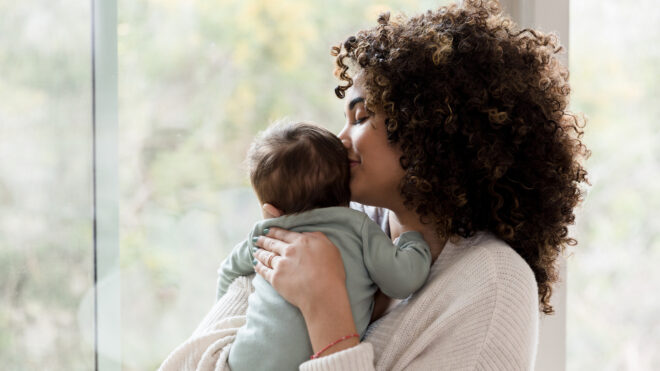Share

Día de los Muertos, otherwise known as the Day of the Dead, is quickly approaching on Nov. 1.
The Mexican holiday honors loved ones who have passed into the afterlife. Since it occurs the day after Halloween, people often (wrongly) assume that the two holidays are somehow connected. But that's definitely not the case.
The traditions of Día de los Muertos reached an even broader audience following the massive success of the Disney film Coco, which came out last year. But before you reach for the face paint, it's important to understand the history and culture behind this deeply sacred holiday.




